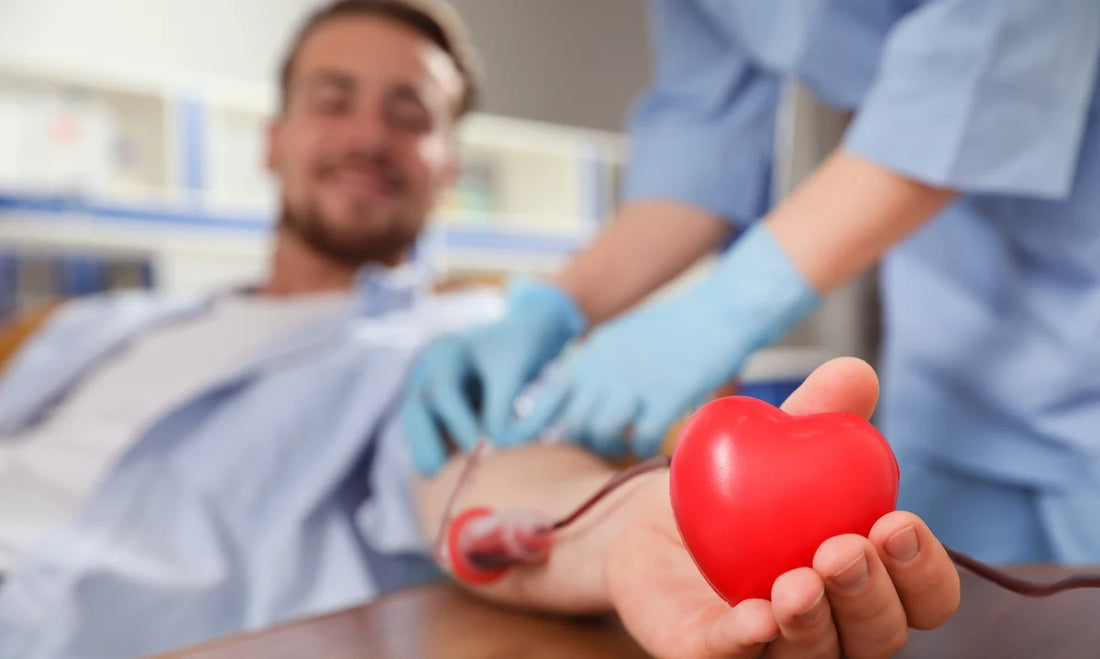Currently, the world is addressing a worldwide blood shortage crisis. The need for donors is higher than ever before due to the mandatory closures experienced by the pandemic. The amount of donated blood is not meeting the demand on the part of hospitals and clinics. The Red Cross also indicates that a 25% rise in trauma cases, transplants, and surgeries has depleted blood banks.
For these reasons, our blood banks are eager to replenish and are asking for blood donations on a national level for all blood types. Type O, a universal blood type, is especially needed, as are platelets. Because of its limited 5-day shelf-life, stored platelets must be continually replenished. Consequently, the U.S. Surgeon General and Federal Emergency Management Agency (FEMA) have designated blood donation as an essential activity, encouraging healthy and eligible donors to continue to donate even amidst COVID-19 response measures.
Blood Donorship
To help mitigate blood shortages, blood drives, and awareness campaigns are set up all over the nation. Blood donors are classified into three distinct types: voluntary unpaid, family/replacement, and paid. Donated blood, often termed “liquid or plasma gold, " is necessary for all medical communities. Tragically, blood shortages have a dramatic impact on patient outcomes.
Blood donations are used in people who require life-saving transfusions, surgeries, and treatment for traumatic injuries. The need cannot be overstated as stakeholders weigh in on the blood shortage problem.
"The public responded when thousands of blood drives got canceled at the beginning of the pandemic," said Cliff Numark, Chief of Marketing. "We are in the aftermath, and we need to let people know that without donating blood today, life could stop for hospital patients." - Excerpt from Vitlant .org
In acknowledgment, the WHO actively encourages all countries to adopt legislation guidance regarding safe and adequate blood donation practices. As of 2018, 72 % of reporting countries have an active national blood policy in place. Without donated blood, life-saving measures are meaningless in many trauma-related circumstances.
Every two seconds, someone in the U.S. needs blood.
Blood Donation: By the Numbers
- 118.4 million blood donations are collected worldwide. 40% of these are collected in high-income countries, home to 16 % of the world’s population.
- There are 13,300 blood donation centers in 169 countries, collecting a total of 106 million donations.
- An increase of 7.8 million blood donations from voluntary unpaid donors has been reported from 2013 to 2018. In total, 79 countries collect over 90% of their blood supply from voluntary unpaid blood donors; however, 56 countries collect more than 50% of their blood supply from family/replacement or paid donors.
- Data about the gender profile of blood donors show that globally, 33% of blood donations are given by women.
- In low-income countries, up to 54 % of blood transfusions are given to children under five years of age, whereas in high-income countries, the most frequently transfused patient group is over 60 years of age, accounting for up to 75% of all transfusions.
What Happens to Donated Blood?
Following collection donated blood is sent to a collaborating laboratory for further processing. Sometimes referred to as plasma gold, whole blood is then processed and broken down into valuable components such as plasma and/or platelets for storage and testing purposes. It is during this transfer (from patient-cold-storage-transfusion) that superior cold-chain management comes into play. It must be adhered to in the most rigid capacity to avoid spoilage.
Guidance provided by the CDC, WHO, and NIH all intersect on cold-storage principles to guard against harmful contamination, blood-borne pathogens, and other things that can cause harm or waste. Unfortunately, donated blood is often discarded due to breakdowns within the cold chain, expiration of the allocated 42-day storage window, or contamination. The amount of discarded blood is said to be around 10% globally, according to the RED CROSS.
Partnering with K2 Scientific for Your Cold Chain Solutions
We, along with our scientific partners, are eager to alleviate the problems created by blood shortages. Cold storage of volatile bioproducts such as whole blood and relative components is a top priority to preserve the integrity of what is collected.
Effective cold chain management reflects trust in both personnel and products. As such, investing in quality commercial-grade laboratory refrigeration and freezers is an integral part of that effort. K2 Scientific provides a line of high-performance, EnergyStar-rated blood bank refrigerators and freezers. Learn more about partnering with K2 Scientific today.
